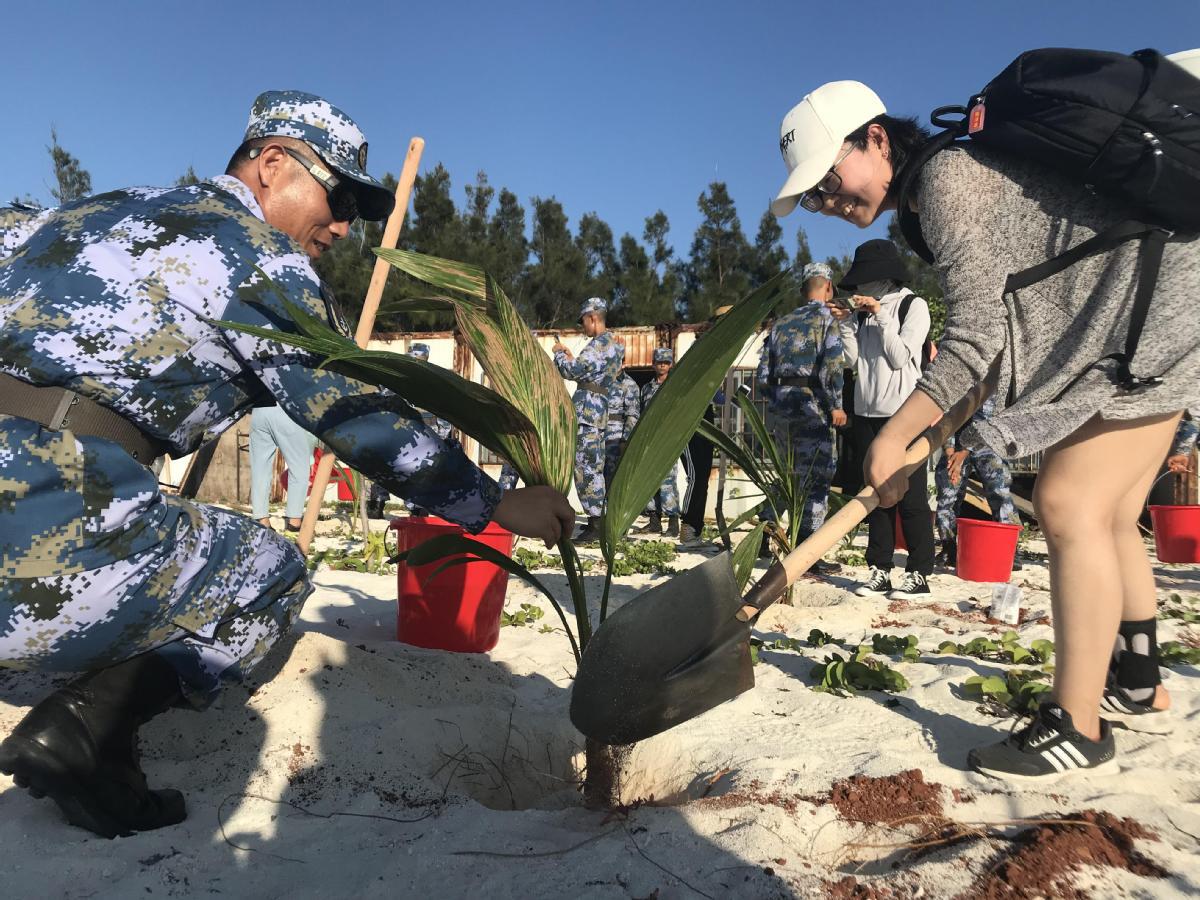Tropical sand cays found accurately recording ancient cyclones


BEIJING -- Researchers have discovered that sand cays in the Xisha Islands in the South China Sea can be a new carrier to accurately record paleocyclones, or cyclones in ancient times, according to a recent study paper published in the journal Geophysical Research Letters.
The researchers from the South China Sea Institute of Oceanology under the Chinese Academy of Sciences and the University of Queensland in Australia have jointly researched the sediment collected in the Xisha Islands.
Sand cays are valuable means of understanding the variability of ancient Holocene tropical cyclones, said the paper.
The cays' development process was closely related to the tropical cyclone activities, which could potentially record paleocyclones. The researchers reconstructed the paleocyclone sequence of the Xisha Islands in the last 500 years and recognized the frequency and strength of the cyclones around the northern South China Sea.
The research shows that frequent cyclones cannot accelerate the accumulation of sand cays, but diversifies the source of the accumulated materials, especially the ancient coral samples.
The researchers also found that one sand cay in the Xisha Islands has accumulated a height of about two meters in the past 500 years.
The results provide a theoretical basis for further study of the accumulation process and dynamic changes of sand cays, as well as records of the ancient environment.
- Vibrant China during holiday: Strong consumption vitality
- Northern Shaanxi's soul cut in paper
- Vision of dancing beyond the desert with dreams pays off
- Stories of the times and humanity told through a lens
- Chinese Generation Z youth break traditions with honest talk on death
- Breaking silence: Reconciliation with end of life





































